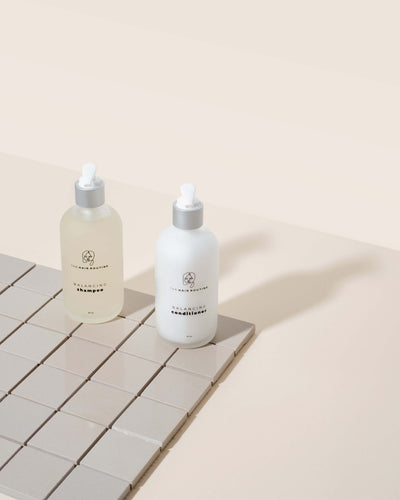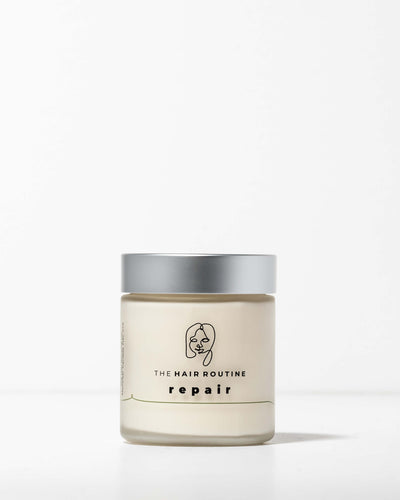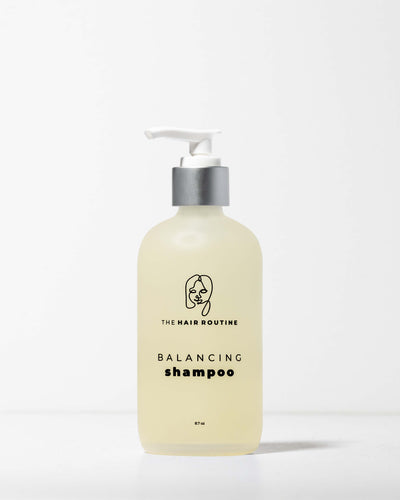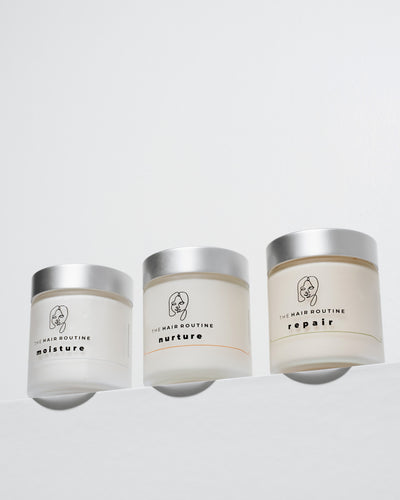Iconic Black Hairstyles Throughout History
Women of color have owned hairstyles that have influenced cultures all over the world. For Black History Month, we’ve researched historically Black hair and the history behind the hairstyles that, even nowadays, embody Black women beauty.
Black Hair History
Hair is a source of pride and expression of identity. In African societies, hair was a sacred symbol believed to connect people with the divine. Hairstyles could also tell a lot about someone’s age, marital status, wealth, and rank in a society. Hairstyling, such as braiding, was considered part of an important bonding time with family due to the long hours - even days - that it required.
In the 1700’s, traders used to shave their slaves’ heads as a way to erase their cultural identity. This was a huge dehumanizing act that damaged their connection with their culture.
As an act of resistance, Black people used braids as a tool by creating patterns that signified an escape route towards freedom. They also used them to hide bits of gold and rice to survive the journey after they’ve escaped.
In 1786, the Tignon Laws forced Black women in Louisiana to wear a scarf, wrapped over their hair as a way to identify them as members of the slave class, even after they were free. Women opted for beautiful and colorful fabrics as a way to rebel against the oppression. (OdeleBeauty.com, Vice.com)
Hair texture and styling has always played an important role in Black peoples’ community. Fast forward a couple of centuries, men and women of color continue to use certain hairstyles as a symbol of resistance towards colonialism and systematic oppression.
Black Hair in the Last Century
Early 1900s
- Madame C.J. Walker launches her iconic hair care brand and salons for Black women.
- Garret Morgan accidentally developed a hair relaxer that became a great success.
- Popular hairstyles were, at the time, old school bouffants and the Gibson Girl top bun.
 Aida Overton Walker
Aida Overton Walker
1920s - 1930s
- The Roaring Twenties had women rebelling against social norms and changing the way they style their hair.
- Boyish hairstyles such as the short blunt, wavy bobs, and finger waves styled with pin curls as well.
 Josephine Baker
Josephine Baker
1940s - 1950s
- Hollywood-inspired glamour.
- Soft curly hairstyles and updos signified a more elegant spin.
- During World War II, pin up fashion rised and rollers became more popular.
- Wigs and volumized looks made a breakthrough. The most popular hairstyles during the 50’s were pompadour and beehives.
- The 50’s also saw the first sew-in hair weaving hairstyles, thanks to this process developed by Christina Jenkins.

Eartha Kitt
1960s - 1970s
- The Black Power and the Civil Rights Movements in the 60’s and 70’s became the main influence for hairstyles amongst the society.
- Natural hair was - and still is - a statement of pride and resistance.
- The confidence to wear their natural hair grew and afros became the most popular hairstyle for Black men and women.

“The afro has been the style with the highest level of self-love, self-care, and bravery because to be who you were authentically was perceived to be radical,” - MIZANI Global Artistic Director and Ulta Beauty Pro Team Member, Pekela Riley (@pekelariley).
Black Hair Through Recent History
1980s - 1990s
- New hairstyles like Jheri curls and asymmetric bobs became popularized.
- The Jheri curl became popular in the Black community thanks to Comer Cottrell, founder of the Pro-Line Corporation.
- In the 90’s, relaxed hairstyles were back and women went back to heat styling.
- Janet Jackson popularized the box braids.

2000s - 2010s
- Relaxed hair persists. The only difference now is that it was worn layered with side-swept bangs.
- Micro braids and hair accessories became a huge trend amongst women of all ethnicities.
- Natural hairstyles slowly begin to resurface.
 Kelly Rowland
Kelly Rowland
2020s
- This last decade has seen women of all ethnicities - especially Black women - embrace their natural hair and go back to their roots.
- Relaxing hair is no longer the social norm and curls are highly appreciated by everyone.
- More women embrace protective hairstyles.
 Yara Shahidi
Yara Shahidi
The mentality of “good hair” and “bad hair” still influences perception of natural hair but, hopefully, this damaging way of thinking is becoming less and less common. There’s still a lot of work to be done and we vow to keep on opening conversations that lead us toward inclusivity, acceptance, and representation for all hair types.
Make sure to subscribe to our newsletter to keep receiving weekly journals, exclusive promos, haircare tips + more.






